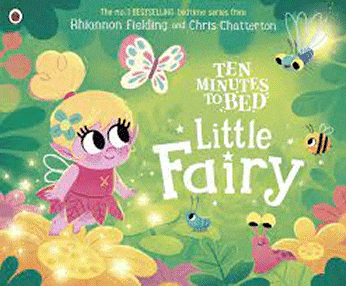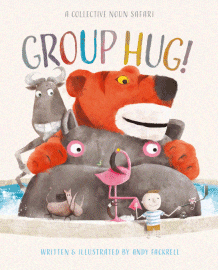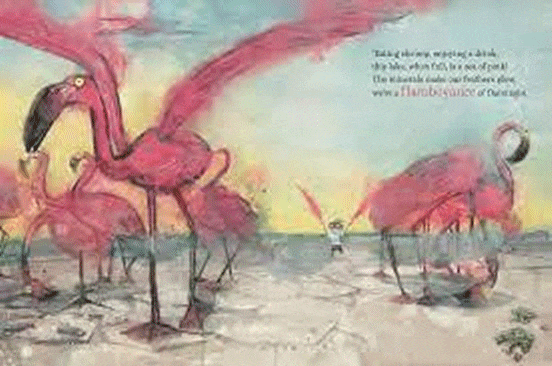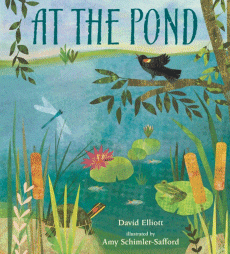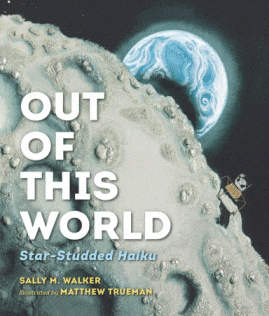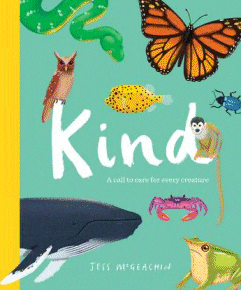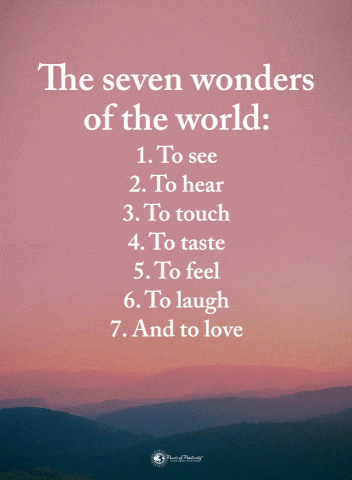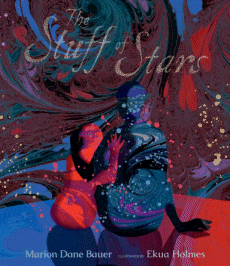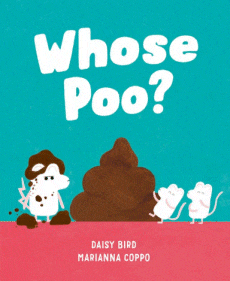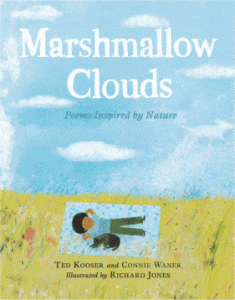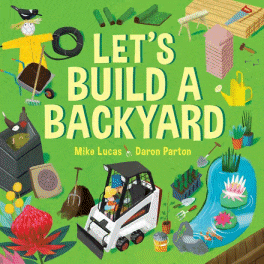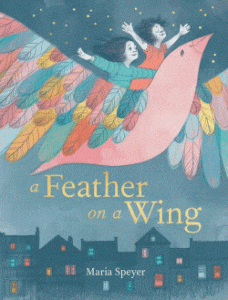
A Feather on a Wing
A Feather on a Wing
Maria Speyer
UQP, 2022
32pp., hbk., RRP $A24.99
9780702263255
Sometimes, when it’s dark and you’re lonely, the best thing to make you feel better is to have a big sister to reassure you that you are not alone. Like a feather on a wing, a flower in a daisy chain, a raindrop in a shower, we are always connected to someone and together we make up a whole that has unlimited potential.
With illustrations as gentle as the rhyming text, imagery that calms as it connects, and the whole put to music as an addendum, this is a charming story that not only soothes the little girl but also provides the reader with food for thought as they consider the connections in their own lives and the ‘something bigger’ that they are a part of. Feeling alone, perhaps a little afraid, in the dark is such a relatable experience and in each spread not only does the big sister reinforce the concept of belonging, but gradually widens the circle so that it embraces shared sorties, toys, other children…
Through her use of metaphors, the big sister encourages her little sister to practise mindfulness, to be in the moment, to dream with her eyes open…
What wholes are you part of?
Teachers’ notes are available.
